Together with meal kit provider, HelloFresh, we unpack how recent events have made the weekly shop in Italy that much more expensive – and offer helpful advice on saving at the checkout.
Rising receipts
Our favourite Italian dishes often have roots in times of adversity, with farmers and other workers using whatever ingredients were at hand to produce a mouth-watering variety of tastes – think of dishes like minestrone (vegetable soup) or brodotto (fish stew). However, the current global cost of living crisis means that even the basic staples of Italian cooking are increasingly expensive.
Italy’s body representing the agricultural industry, Coldiretti, reported in early January that 88 percent of supermarket goods have seen price increases. Specifically, fruit and vegetables have surged in price, due to the costs of transporting them by road and sea. Further Coldiretti research shows that pasta, the very foundation of Italian cuisine, cost Italian consumers €800 million more in 2022 than the previous year.
A combination of factors contributed to this situation. The effects of the coronavirus pandemic continue to impact global supply chains, with petrol and oil prices climbing as a result. The war in Ukraine also fed the rising cost of living, as the country provides over ten percent of the world’s wheat supplies, 15 percent of the corn and a staggering 50 percent of the world’s sunflower oil trade.
This isn’t a situation that will last forever. Already in 2022, there were signs of economic recovery, as logistics chains improved, and alternate markets for grains were sourced. Arancini or Pollo alla cacciatora isn’t going to disappear from Italian life any time soon.
In the meantime, how can you offset these increases at the supermercato and beyond?
Click here to get a discount of up to €65 on your first three HelloFresh boxes
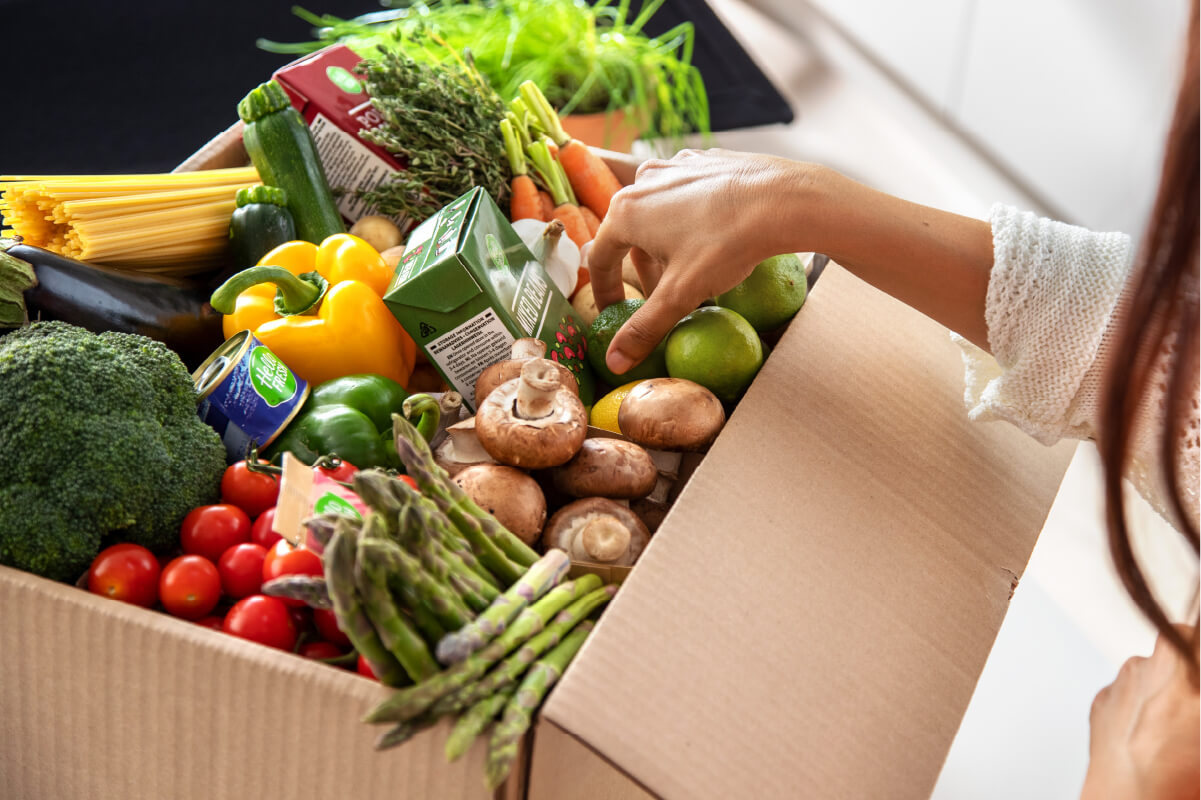
Cutting costs
Reducing costs on food isn’t nearly as hard as you might think, with an ever-increasing variety of tools at the disposal of the average Italian consumer. With a little forethought, you can keep costs down and have more to spend on life’s pleasures.
Personal budgeting apps such as YNAB (You Need A Budget), Wallet, Mint and EveryDollar can help track spending, providing informative graphs and visualizations of costs. Many will even connect with bank accounts to give daily and weekly breakdowns of activity, so finding out where money is going is easy. Almost all are available on both the App Store and Google Play and will work with most phones and Italian banks.
Another cost-cutting strategy also addresses a serious problem: food waste. Italy is Europe’s most wasteful nation when it comes to food, with costs of over €7 billion per year. Foodsharing is an attempt to counter this, while also addressing the growing issue of food poverty. Apps and websites allow consumers and businesses to list food that they will not be using, either for free or at a vastly reduced cost. Organised foodsharing networks exist across Italy, and a cursory Google search will show hubs to leave and pick up food in every regioni.
Meal kits can also provide a cost-effective solution for those who want to save money on food, while enjoying all the delicious tastes they’re used to. Providers such as HelloFresh use a combination of local Italian producers and technology to shorten logistics chains, passing the savings on to consumers. Each week, customers receive a box including all the ingredients you need to cook nutritious meals from a huge collection of dishes – all by following the simple step-by-step instructions on the recipe card provided.
Consumers can also be sure with meal kit providers that they will only receive what they need to cook a week’s worth of meals, thus reducing food waste. Over time, this can be a significant saving. As well as fish, meat, Italian and exotic dishes, HelloFresh‘s menus include ‘flexitarian’ and ‘calorie smart’ options, meaning people with a wide variety of dietary needs can be sure there’s something to match their tastes and preferences. The service is also flexible, so you can skip the upcoming delivery at no cost if your plans change.
When supermarket shopping, it can be all too easy to be tempted into buying foods you don’t need, or in larger quantities than necessary. Tighter planning, of the sort you can embrace with meal kits, helps you to avoid this and only spend what is necessary.
Finally, eating out can be a significant drain on the bank balance. With every meal, comes a premium for paying waiting staff and other restaurant expenses – and those costs are increasing. While a morning espresso or a quick cannoli on the way home won’t break the bank, and are some of life’s great pleasures, the cost of sit-down meals can add up quickly. Instead, consider learning to cook a few favourite local dishes and make an occasion of them, inviting friends and family to share – picking up some great cooking tips along the way.
Il cibo è vita
The rich Italian tradition of cooking has faced far greater challenges than the current cost of living crisis. Indeed, as noted earlier, it was hard times that led to the invention of some of the world’s favourite dishes, as the Italian gift for ingenuity and invention came to the fore. Tasty, hearty dishes were created that not only tasted sensational but were nourishing and proceeded to storm the world!
With a few minor lifestyle changes, and a willingness to try new things, almost everyone can make some significant savings in their weekly shop, and even learn a few new dishes to share with family and friends. In the end, what could be more important than that – as the Italians say, ‘Il cibo è vita‘, or ‘food is life’!



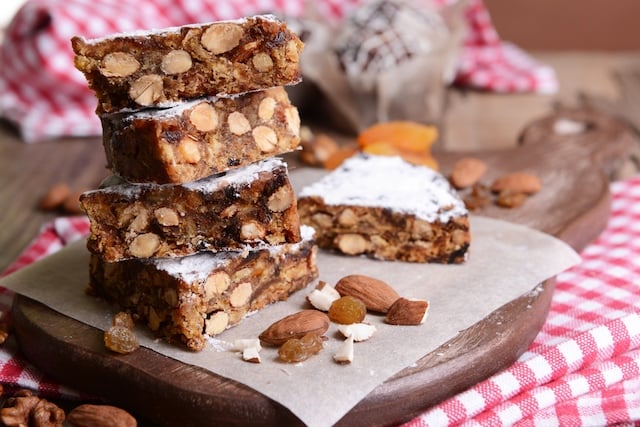
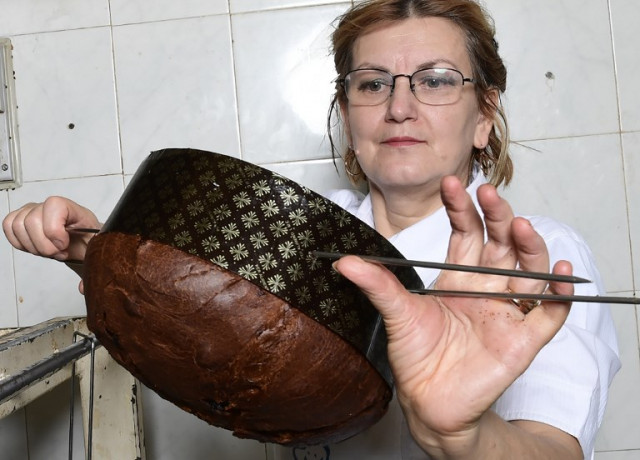
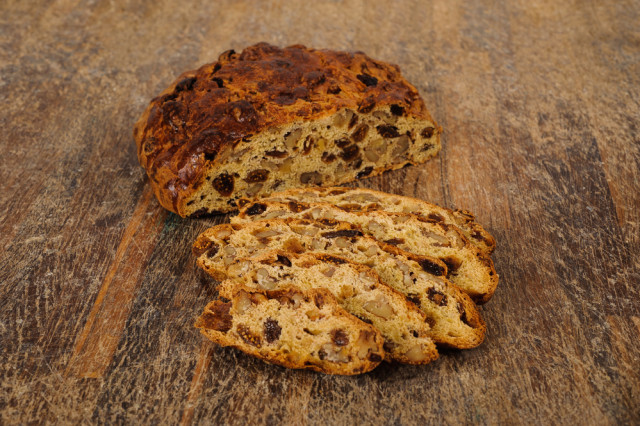
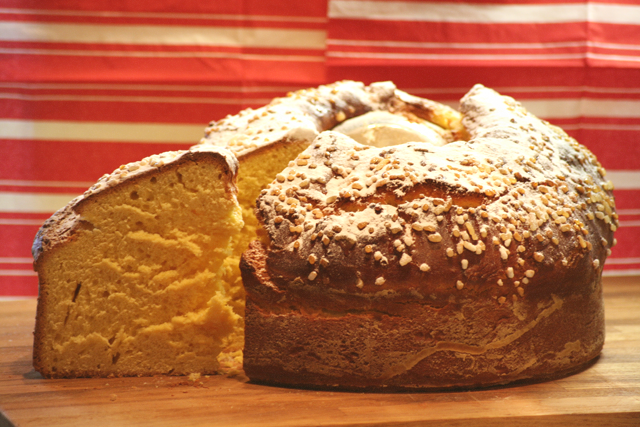
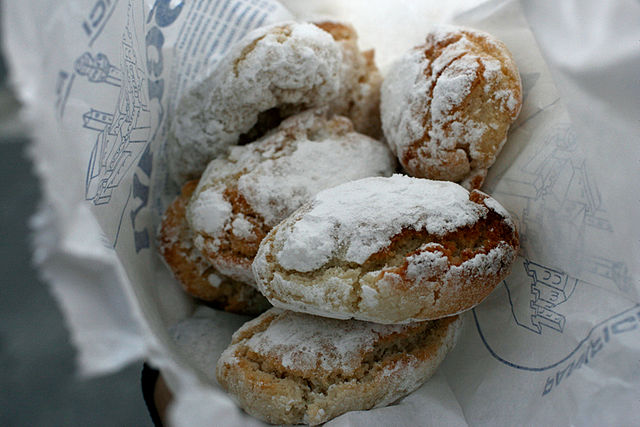
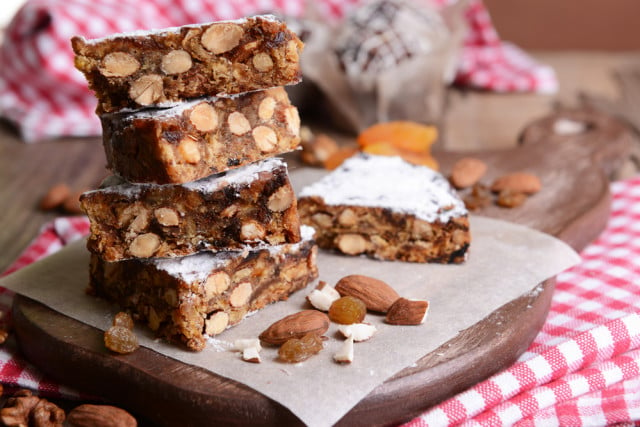
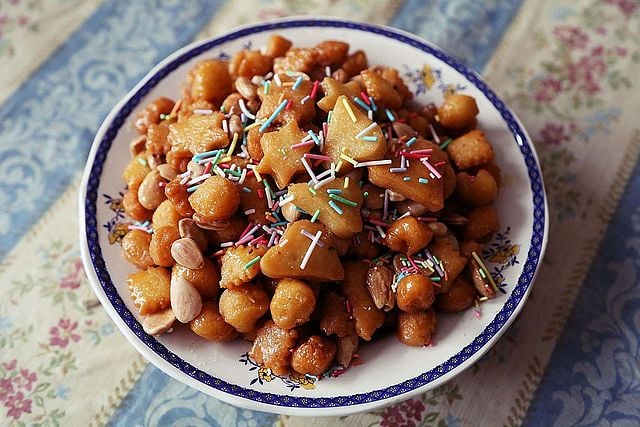
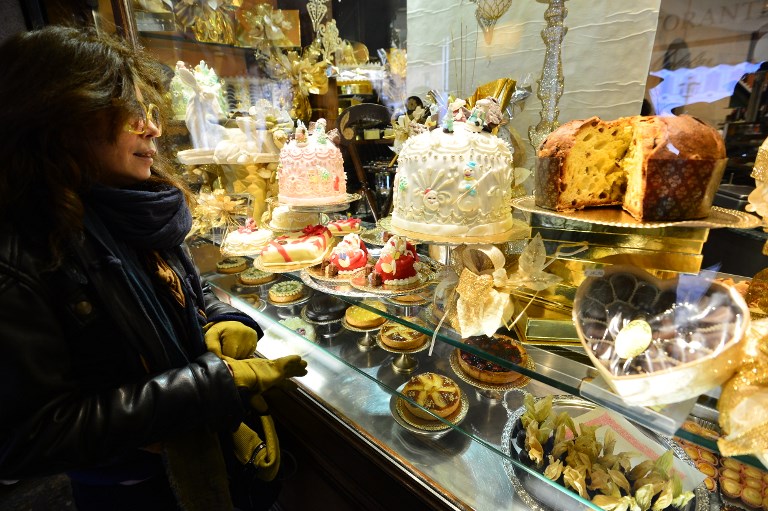
 Please whitelist us to continue reading.
Please whitelist us to continue reading.
Member comments